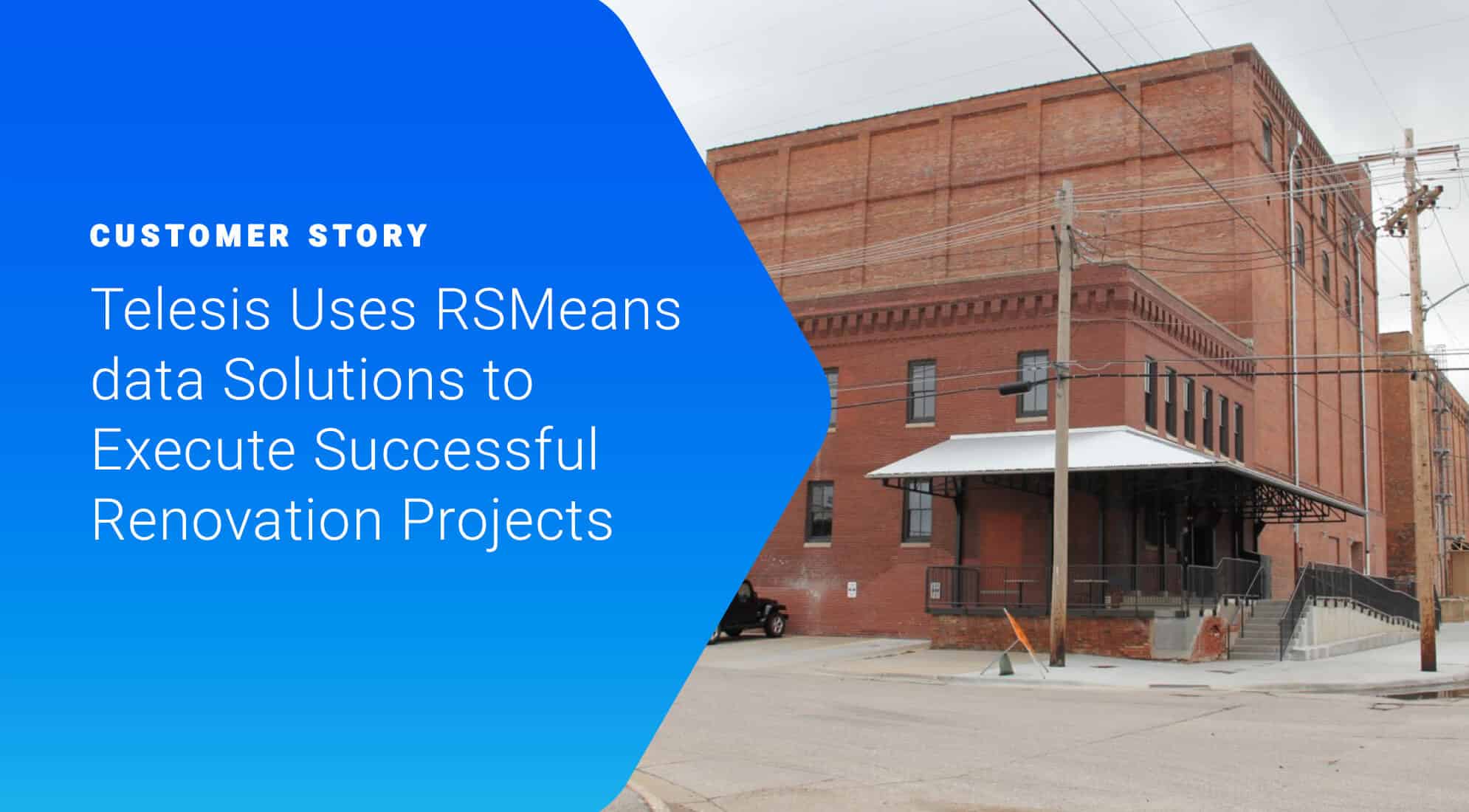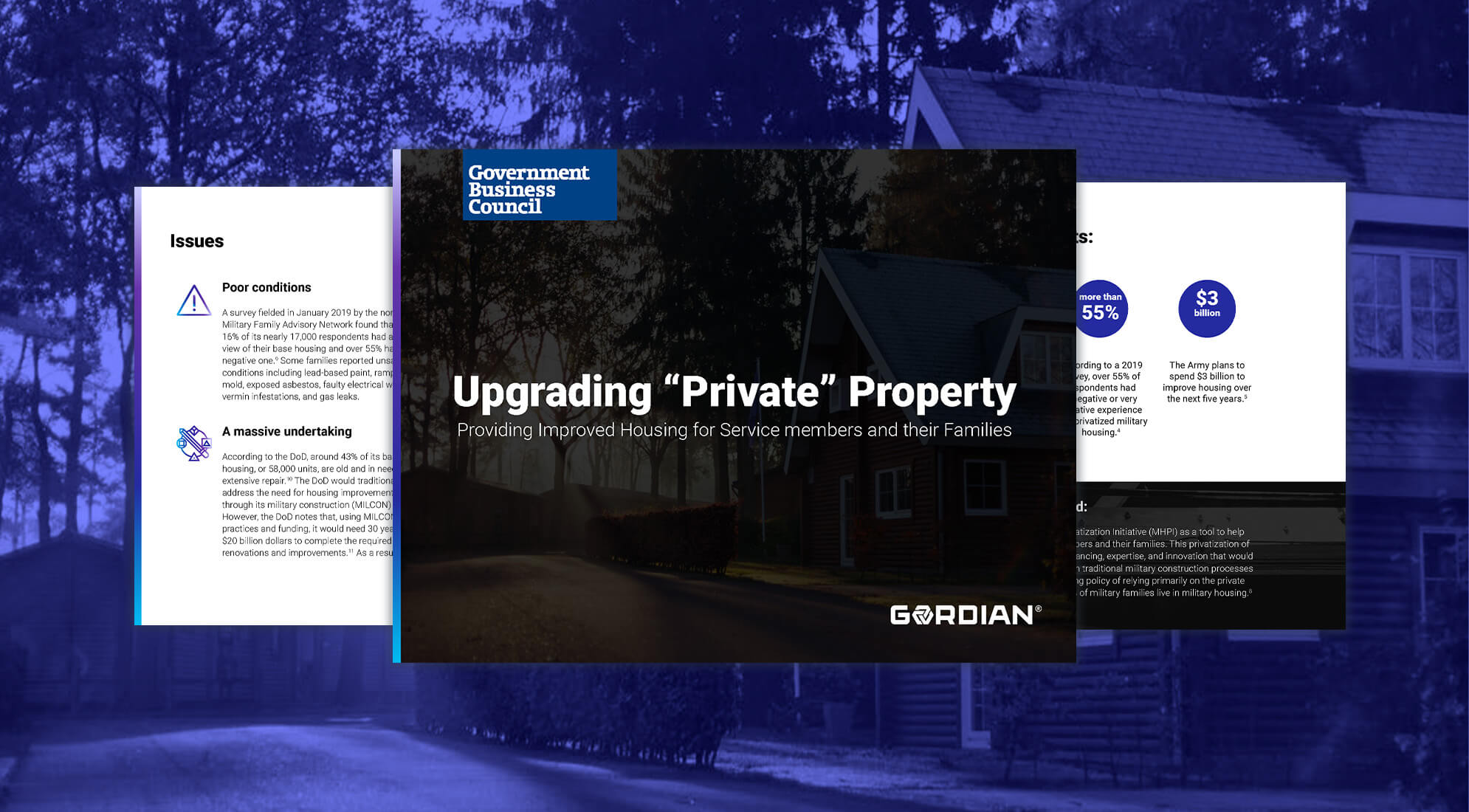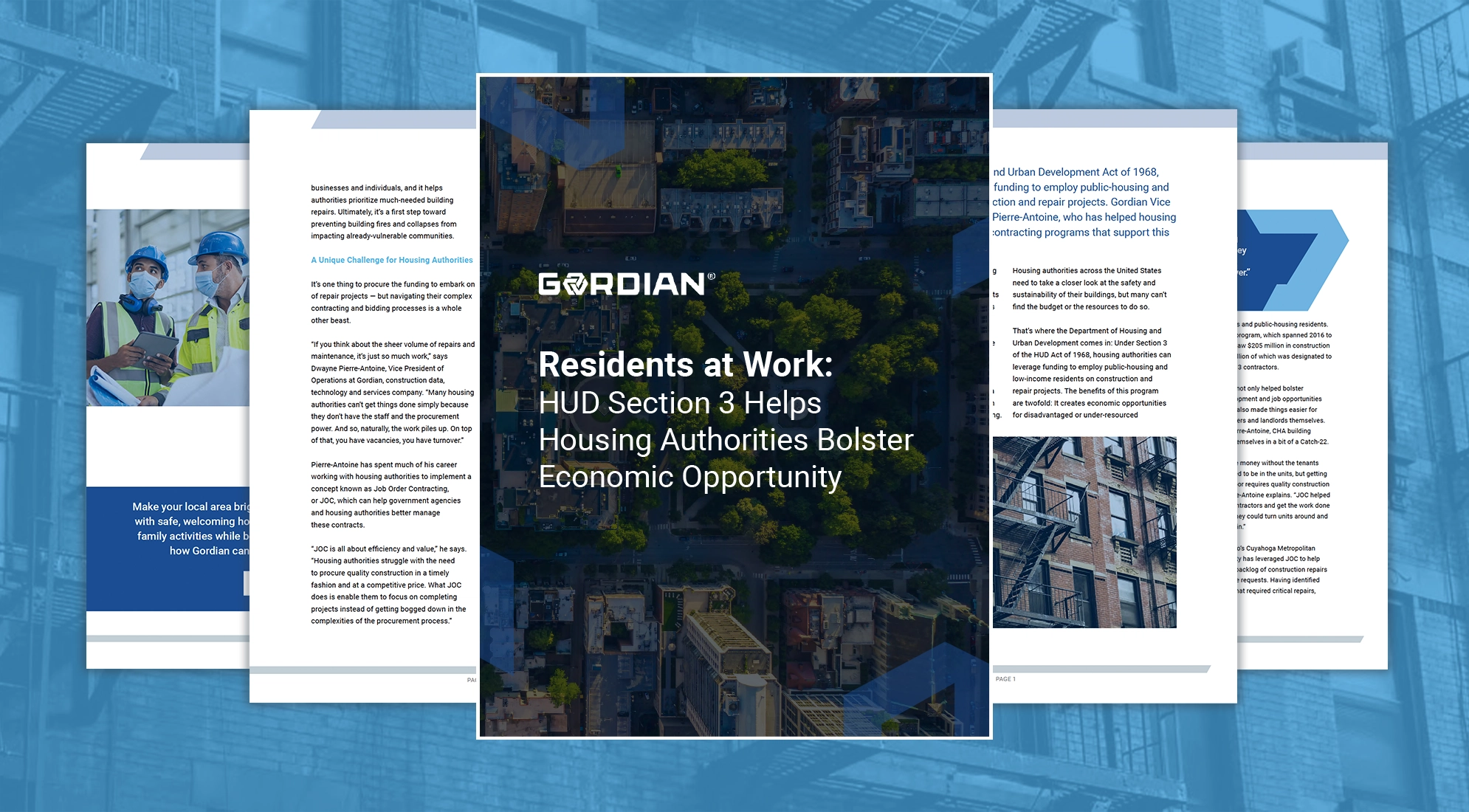Conceptually, a facilities portfolio is like a stock portfolio. It’s comprised of different assets with their own strengths and strategic uses. But facilities and stock portfolios differ when we think about performance. A stock portfolio’s performance is straightforward – financial investments should yield financial returns. Defining and measuring facilities performance is more complex given that the goals of a facilities portfolio are often more complex than ROI.
In this blog post, we look at five ways organizations define facilities performance and strategies for measuring facilities performance.
Space Utilization
“Are we using our facilities to their full potential?”
It’s a question that vexes leaders and decision makers across industries and is especially pertinent in the realm of education. Public schools, under pressure to provide modern and equitable learning experiences, must evaluate space use to ensure it aligns with their mission. They are on a constant quest for opportunities to enhance teaching and learning – whether that’s to incorporate or update technology, improve student-teacher ratio or provide more services. Higher ed leaders tend to think about space utilization in terms of scheduling. It costs money to maintain every space, even classrooms that are dormant for most of the day. Leaders can find out precisely how much by measuring facility cost/student and comparing that with their own historical spend and that of their peers.
Financial and facility leaders on campus need to collaborate to ensure they are getting the most bang for their proverbial buck and using spaces optimally throughout the week. Comparing space utilization in any facilities portfolio requires accurate spatial data. It is vital to informed decision-making that data is collected and organized consistently from building to building and from room to room. Leaders should also consider collecting occupancy data to find out what departments and groups use the most space. Finally, there is straight utilization data – insights into how many seats are occupied in a given space at a given time. Taken together, organizations have a clear view of how their spaces are utilized.
Find strategies for space utlization on higher ed campuses in this insightful report.
Further, leaders in K-12 districts and on higher ed campuses must think of capacity planning. They cannot take for granted that the student population will be static. Attitudes about the value of a college degree are shifting and the population of college-aged people is waning. Economic forces are inspiring Americans to move south and west, and many of them are going to enroll their children in public schools. Thus, while these leaders concern themselves with delivering educational experiences to today, they need to be ready to intelligently shift capacity tomorrow.
Considerations about the student population go beyond mere numbers, as the cultural, demographic and socioeconomic mix in schools is evolving. Facilities leaders must adapt their physical spaces to accommodate a new customer profile. This might look like extended meal service in a grade school cafeteria or more on-site daycare on a college campus. To make informed decisions about their facilities portfolios, leaders in education must consider not only how many people are coming to campus but also who those people are.
Revenue Generation and Realization
In almost every scenario, organizational leaders manage their facilities portfolios to maximize revenues. This is obvious in commercial settings like strip malls and other mixed-use spaces. Property owners don’t just lease space to any tenant who can afford it – they make strategic decisions about which tenants will draw the most money. But decision makers across industries must keep an eye on the bottom line if they are going to provide their communities with the services they need and, ultimately, stay in business.
Consider a hospital. Before changing its facilities to accommodate a new piece of equipment or procedure, leaders must evaluate if the change will yield a return on their initial investment, how great that return will be and how fast it will be realized. Healthcare facilities are far from alone in thinking about the relationship between their capital-intensive building assets and the bottom line. Colleges and universities must consider whether they are offering the optimal classroom and campus spaces to remain financially viable in an increasingly competitive and volatile market.
Of course, any organization will complete a rigorous revenue projection process to help them make any significant decisions. Once a facility has been altered to optimize revenue generation and/or realization, leaders must check their work. They should measure total revenue, revenue growth and revenue velocity. They might also consider ways to lower their operational costs by measuring maintenance costs per gross square foot or as a percentage of asset value, and maintenance coverage per gross square foot.
Energy Efficiency
Given internal and external pressure to reduce carbon footprint, organizations are taking a serious look at energy efficiency. They are comparing Facility Condition Index (FCI) and Energy Use Index (EUI) and finding that when both are high there is an opportunity for capital investment that can improve energy efficiency.
Leaders are keeping a closer eye on energy sources as well. Some organizations are embracing solar power and other alternatives to keep their facilities up and running. Leaders are also considering the context of their energy use, namely how a space is being used and the degree to which heating and cooling said space all day is necessary.
Check out this blog post for tips and advice on measuring sustainability.
Sustainability Standards
Many organizations are working toward sustainability initiatives like LEED certifications and STARS rankings. These achievements are not only environmentally friendly, but as consumers continue to emphasize responsible business practices, meeting independent sustainability standards can offer a competitive edge. Of course, tracking to those goals means conducting a thorough assessment of a facilities portfolio to establish a baseline, and then measuring progress as spaces are changed and operations are altered. It may also be useful for organizations to benchmark their ENERGY STAR ratings against their peers to ensure they are meeting, or confirm they are exceeding, industry standards.
Community Benefits
Public sector organizations may want to define facilities performance in terms of how their investments impact the citizenry. Expanding or improving services on the state or local level should have ripple effects in the community. Analysis of resident health, wealth, safety and other quality of life measures can help quantify those effects.
To that end, environmental, social and governance (ESG) projects tend to ensure equitable access to critical facilities and services to the people who need them most. Therefore, it’s often easier for public agencies to secure funding for these initiatives because they have direct benefit to the community. Such projects raise an area’s standard of living which, theoretically, could attract greater investment from the private sector and serve as a feather in the cap for elected officials. No matter the underlying motivations of the stakeholders involved, whether they be altruistic, economic or political, leaders in the public sphere may measure facilities performance in terms of community impact.
Data Collection: The Key to Measuring Facilities Performance
No matter how an organization defines facilities performance, leaders must collect and analyze data to establish a common understanding of current performance and chart their progress. The level of detail necessary for measuring facilities performance will vary from asset to asset across the portfolio. That’s why Gordian offers four facility condition assessment options – so our clients can tailor their assessment needs to their definition(s) of performance and their organizational goals. Additionally, we have the expertise to conduct energy assessments, help leaders benchmark against their historical performance, and build custom reports and dashboards to chart and communicate progress. With this data in hand, decision makers have robust tools for measuring facilities performance, however they define it.







